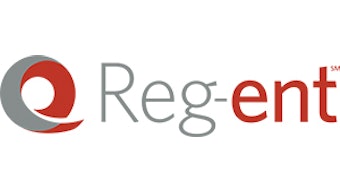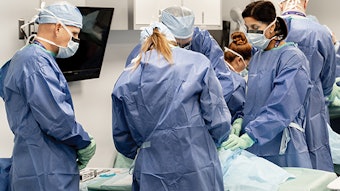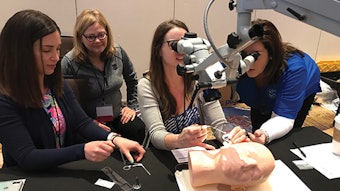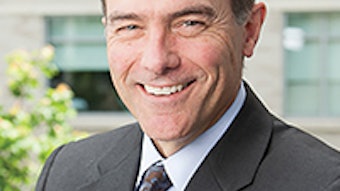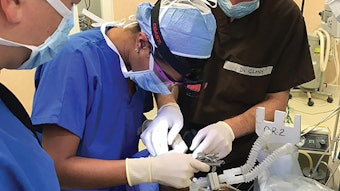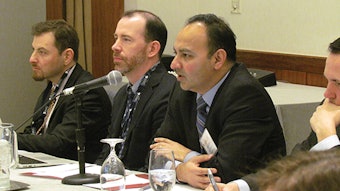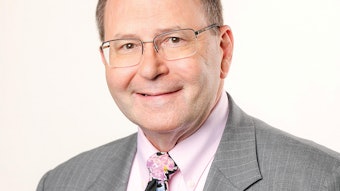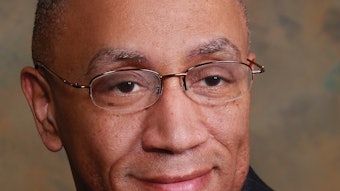Incorporating Advanced Practice Providers into Your Practice – Part I: What is an APP?
The American Academy of Otolaryngology–Head and Neck Surgery (AAO-HNS) recognizes the growing importance of the physician–advanced practice provider (APP) team approach and the positive impact on the quality of practice, patient care, and wellness.
Wendy B. Stern, MD
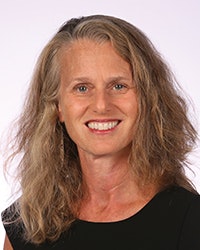 Wendy B. Stern, MD
Wendy B. Stern, MDThe American Academy of Otolaryngology–Head and Neck Surgery (AAO-HNS) recognizes the growing importance of the physician–advanced practice provider (APP) team approach and the positive impact on the quality of practice, patient care, and wellness. In the 2017 AAO-HNS Socioeconomic Survey,1 Academy members identified the recruitment of new physicians and the use of satisfaction or patient outcome reporting tools as two of the top three strategic initiatives for their practices over the next 12-24 months. This is a challenge given the number of graduating residents and the number of retiring physicians, which limit the otolaryngology workforce. The APP workforce, on the other hand, is seeing rapid growth.
The physician assistant (PA) profession has a projected growth rate of 31 percent from 2018 to 2028, faster than all other healthcare occupations.2 There are also increasing numbers of nurse practitioner (NP) programs, with more than 28,700 new graduates in 2017-2018.3 Yet, of all Academy members surveyed, 63 percent of respondents are looking to hire a new physician while only 37 percent are looking to hire an APP.
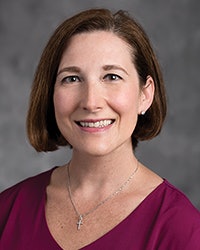 Kristi Gidley, PA-C, MSHA
Kristi Gidley, PA-C, MSHAWe are competing for the same physicians while not taking advantage of the opportunities of working with APPs. Many of us have known or worked with PAs and NPs but may not understand the differences in training, scope of practice, and licensing. There are differences, and this knowledge could affect who you might recruit to complement your practice. To better understand this, I have asked Kristi Gidley, PA-C, MSHA, to share her knowledge. She is a member of the AAO-HNS, liaison between the AAO-HNS and American Academy of PAs (AAPA), and President-elect of the Society of Physician Assistants in Otorhinolaryngology/Head and Neck Surgery.
Education Resources on How to Incorporate APPs into Your Practice

Recent sessions held at the AAO-HNSF 2019 Annual Meeting & OTO Experience
- Incorporating Advance Practice Providers in Your Practice: A Winning Formula
- Advanced Practice Providers in ENT: Justify, Recruit, and On-Board for Success (Part I & II)

A free resource
- Incorporating Mid-Level Providers into Your Practice
https://www.otosource.org/content/incorporating-mid-level-providers-your-practice
What are the distinguishing differences in the education and training of physician assistants versus nurse practitioners?
There are subtle but important differences in the education and training of PAs and NPs. PAs are trained as generalists in the medical model—disease- and organ-centered, focusing on pathophysiology, patient assessment, diagnosis, and treatment. NPs are trained in the nursing model, focusing on disease prevention, health education, diagnosis, and treatment. PAs have a more generalized training with exposure to pediatrics, adult/geriatric, emergency medicine, and many surgical subspecialties. NPs focus their training with approximately 10 certifications, such as family medicine, adult-gerontology primary care, emergency medicine, psychiatric-mental health, and acute critical care. This is an important distinction because a general otolaryngology practice that sees all age ranges, for example, might recruit an NP trained in family medicine as opposed to one trained in acute critical care.
Is there a difference in the training of an NP who receives a master’s degree versus a doctoral degree?
There is no difference when looking at clinical skills and workforce readiness. The bigger issue centers around the fact that APP training programs recognize the tremendous demand for APPs, resulting in larger graduating classes and increasing numbers of online training programs.
What is the typical scope of practice of APPs, and does it differ for PAs and NPs?
In practical terms, the scope of practice in an otolaryngology practice for PAs and NPs is similar. Both can assess patients, order and interpret diagnostic tests, and develop and implement treatment plans. In-office procedures can be taught and competency assessed as long as state guidelines are met. For example, in the state of Alabama, we had to request permission to train our APPs to perform flexible laryngoscopy from the Alabama Board of Medical Examiners. It is very important to understand state and federal regulations as well as payer guidelines for APPs. You can refer to AAPA and the American Association of Nurse Practitioners (AANP) scope of practice pages4 for more information.
Do local, state, and federal regulations treat PAs and NPs similarly?
There is wide variety among states regarding PA and NP regulations. NPs have independent practice, also known as full practice authority, in 21 states, meaning they can work without physician supervision. The AANP website has an interactive map5 showing the state practice environment in every state.
PAs remain in a supervisory/collaborative relationship with physicians for the most part, but there are state advocacy efforts around optimal team practice (OTP).6 OTP seeks to eliminate the legal requirement for a supervisory relationship between a PA, physician, or other healthcare provider, allowing for high-quality and timely care without burdensome administrative constraints. It in no way seeks to eliminate the team approach to patient care, but rather to allow all members of the care team to work at the top of scope and licensure.
Please send your questions about incorporating APPs in your practice to bulletin@entnet.org. These questions will be considered for future articles or as discussion starters on ENTConnect.
References
- https://www.entnet.org/content/socioeconomic-data
- https://www.bls.gov/ooh/healthcare/physician-assistants.htm
- https://www.aanp.org/about/all-about-nps/np-fact-sheet
- https://www.aapa.org/wp-content/uploads/2017/01/Issue-brief_Scope-of-Practice_0117-1.pdf https://storage.aanp.org/www/documents/advocacy/position-papers/ScopeOfPractice.pdf
- https://www.aanp.org/advocacy/state/state-practice-environment
- https://www.aapa.org/advocacy-central/optimal-team-practice/


